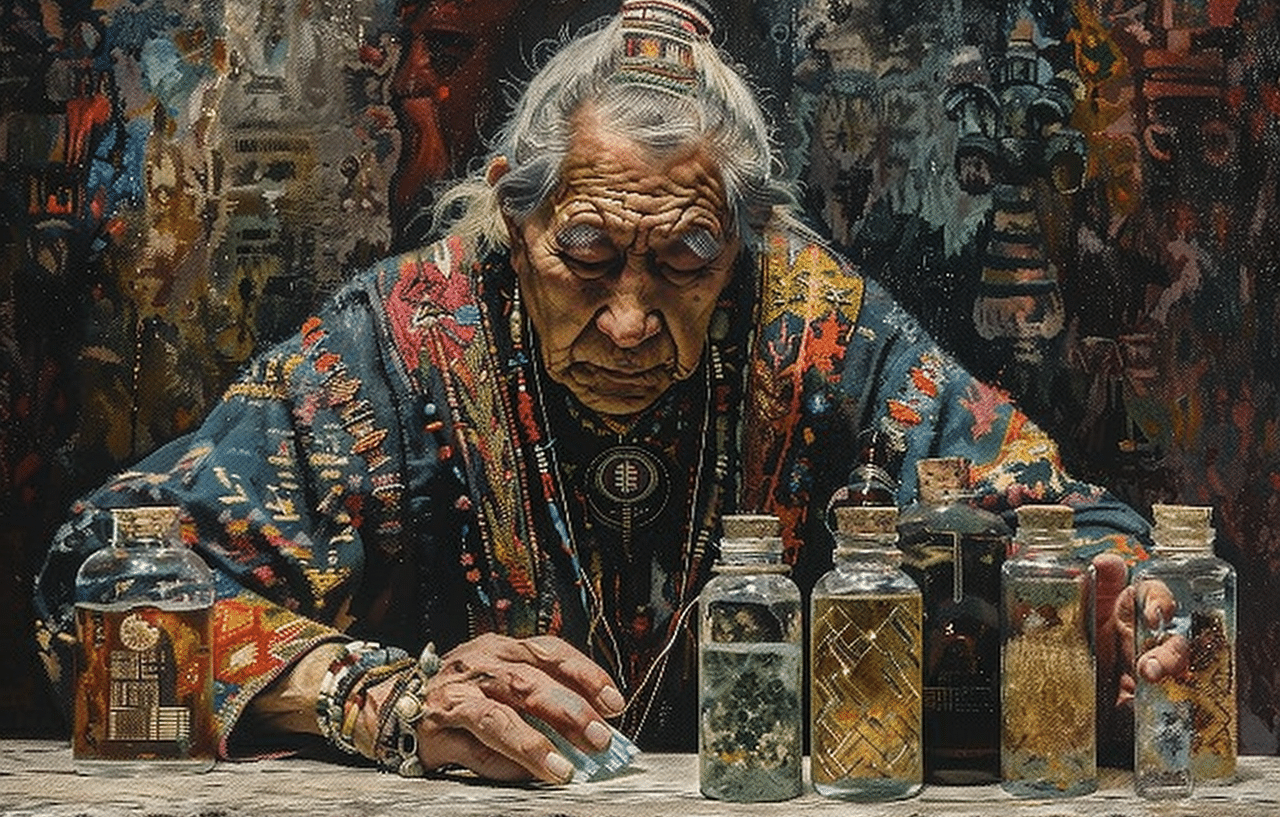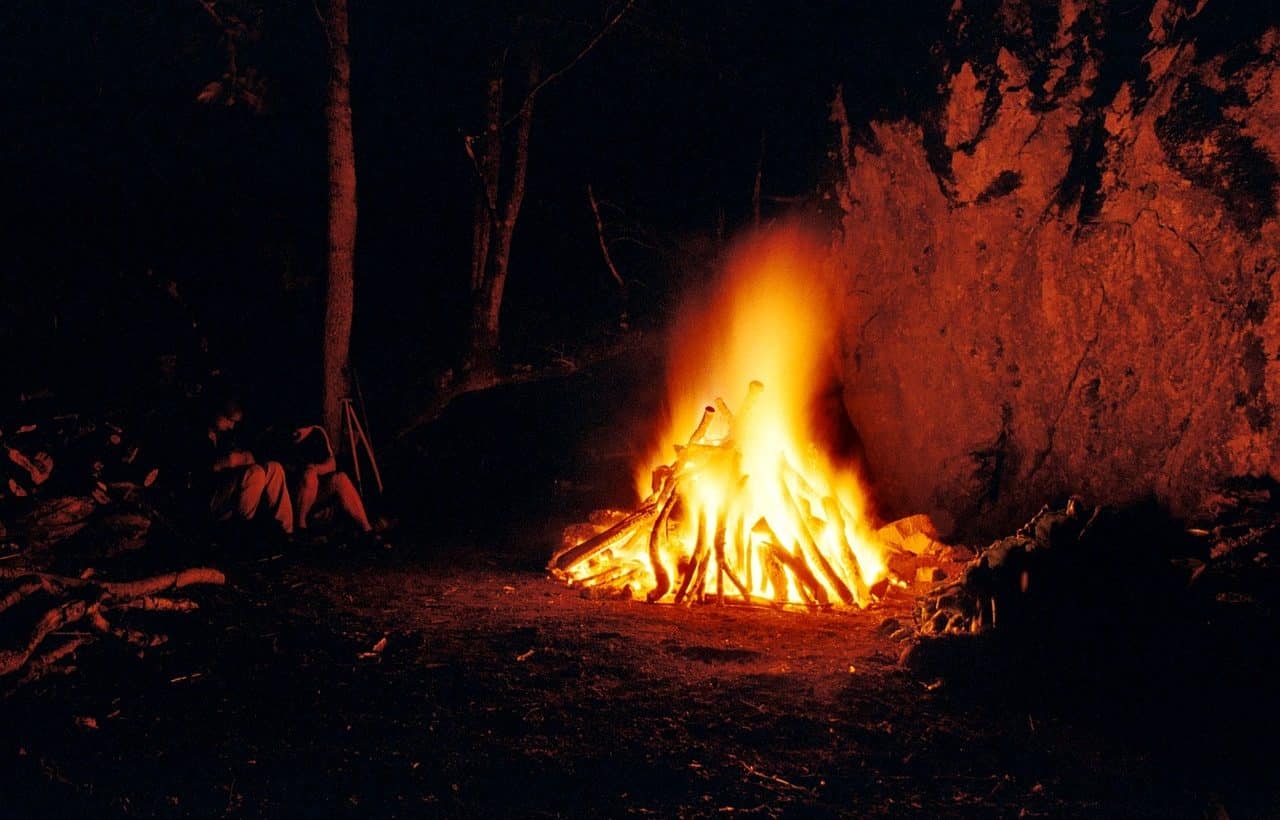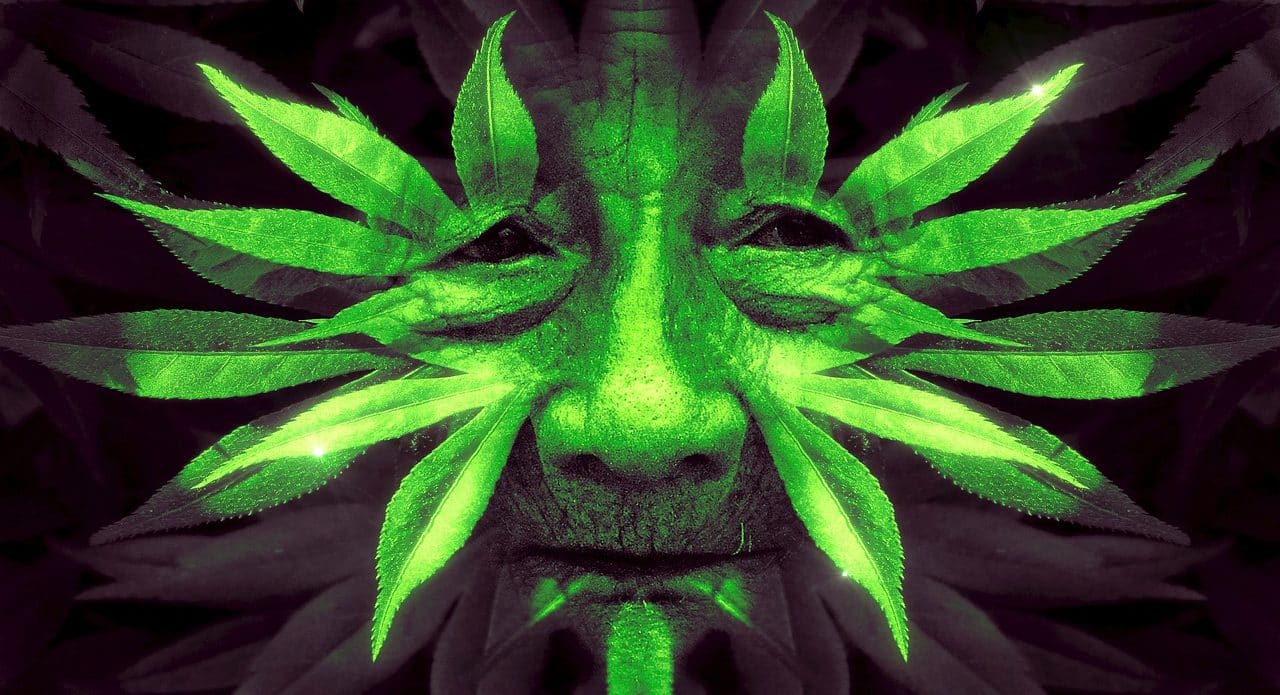
Shamanism is part of the ancestral wisdom that pursues spiritual healing with the help of spiritual guides, talismans and other elements.
Shamanism is a spiritual and religious practice found in various cultures around the world, especially among indigenous peoples. Shamans are considered intermediaries or messengers between the human world and the spiritual world. They use techniques such as trance, meditation practices, sacred plants, and rituals to communicate with spirits, gain knowledge, cure illnesses, and guide their community. Shamanism places great emphasis on the connection with nature and the spirits that inhabit it.
Types of shamanism
African shamanism
It varies significantly between different cultures and tribes on the continent. Shamans, often known as traditional healers, herbalists, or diviners , use a combination of rituals, medicinal herbs, and dance to communicate with ancestral spirits and treat physical and spiritual illnesses. Animism , which attributes soul or spirit to natural elements and objects, are fundamental in many African shamanic practices.
Amazonian shamanism
It is practiced by various indigenous tribes of the Amazon basin. Shamans, also known as healers or ayahuasqueros , use sacred plants such as ayahuasca to enter altered states of consciousness and communicate with the spiritual world. These ceremonies are known to cause visions and are used to cure illnesses, gain spiritual knowledge, and guide the community .
Australian shamanism
Practiced by Aboriginal people, it is deeply tied to the land and the concept of sleep time . Shamans, known as healers or medicine men , access myths and ancestral knowledge to heal, perform initiation rituals, and maintain balance between the community and nature . Rock art and oral histories are also crucial elements in shamanic practice.
North American shamanism
It varies among the numerous indigenous tribes of North America. Ceremonies include dancing, singing, and the use of sacred plants such as peyote and tobacco . These rituals are used to heal, communicate with spirits, and maintain harmony within the community. The connection with nature and animal spirits is fundamental in these practices.
urban shamanism
A modern adaptation of traditional shamanism in an urban context. Its practitioners integrate shamanic rituals and techniques into daily life in cities, seeking to reconnect with nature and the spiritual in a modern environment. This may include entheogenic plant ceremonies, meditation , healing rituals, and the creation of spiritual communities. Although inspired by ancient shamanic traditions, urban shamanism adapts to the needs and challenges of contemporary life.
Shamanism and medicine
Energy medicine
It is based on the belief that all living beings have an energy field or aura that can be manipulated to promote healing and well-being. Shamans use various techniques to work with this energy, such as laying on of hands, visualization, using crystals and other sacred objects, and channeling energy through song and dance. The goal is to balance and cleanse the individual's energy field , removing blockages and restoring the natural flow of vital energy.
herbal medicine
A fundamental part of shamanism, where plants and herbs with healing properties are used to treat a variety of physical, mental and spiritual illnesses. Shamans possess a deep knowledge of the local flora and its medicinal uses, acquired through generations of observation and practice . The plants can be administered in the form of teas, tinctures, ointments, incenses or through specific rituals. Herbal medicine not only focuses on the physical aspect of healing, but also on the spiritual, considering that each plant has a spirit or essence that contributes to healing.
traditional medicine
In shamanism it encompasses a set of ancestral practices and knowledge transmitted from generation to generation within a community. This includes the use of rituals, ceremonies, songs, dances and other methods to diagnose and treat illnesses. Shamans act as doctors, spiritual advisors, and keepers of cultural knowledge . Traditional medicine is holistic: it addresses not only the physical symptoms of illness, but also its spiritual and emotional causes, with the goal of restoring balance and harmony to the individual and their environment.

Fire is an element of spiritual cleansing and transmutation.
Shamanism rituals
Spiritual rituals
Ceremonies performed to connect with the spiritual worlds and the spirits of nature. These rituals can have various purposes, such as healing , protection , seeking spiritual guidance, or harmonizing the environment. Shamans use these rituals to communicate with spirits, ask for their help, and offer them respect and gratitude.
Ritual songs
An essential tool in shamanism. Shamans use specific songs, often learned from their ancestors or received in visions , to invoke spirits, protect the community, and facilitate healing. The songs can be melodic or rhythmic and are often accompanied by instruments such as drums or maracas. They help induce altered states of consciousness and focus energy during rituals.
Ritual dances
Sacred movements performed during shamanic ceremonies to honor spirits, celebrate important events, and facilitate healing. Each has a symbolic meaning and can be designed to imitate animals, elements of nature, or spiritual aspects. Ritual dances help participants enter a trance state and connect more deeply with the spiritual world.
fire ritual
A sacred act in which fire is used as a means of purification and transformation. Shamans light a bonfire and perform prayers, songs and offerings, asking for their help to burn negative energies and achieve spiritual rebirth. Fire is considered a bridge between the physical and spiritual worlds , capable of transmuting energy and carrying prayers to the spirits.
initiation ritual
A ceremony that marks the beginning of a new stage in an individual's life, usually on their path as a shaman . During this ritual, the initiate may undergo physical and spiritual tests , receive sacred teachings, and be formally presented to a guardian spirit. This process sanctions the individual's right to act as a shaman and serves to ensure that he is prepared to assume his spiritual and communal responsibilities.
ritual baths
Purification practices that use water with herbs, flowers, and other natural elements to cleanse the body and spirit of negative energies. These baths can be part of healing rites, protection, or preparation for other rituals. Shamans prepare them with care, choosing specific ingredients that have spiritual and medicinal properties, and may accompany them with prayers and songs to enhance their effect.

The oldest shamanic cultures date back several tens of thousands of years.
Origin of shamanism
The origin of shamanism dates back to prehistoric times and is considered one of the oldest forms of spiritual and religious practice of humanity. Although an exact date of its beginning cannot be determined, it is believed that it emerged at least 30,000 years ago .
The first evidence of shamanism is found in cave paintings, petroglyphs and archaeological artifacts discovered in various parts of the world, including Europe, Asia, Africa and America . These depictions often show human figures in trance states, totem animals, and hunting scenes, suggesting the practice of rituals and belief in communication with the spirit world.
Shamanism is a universal spiritual practice that has appeared independently in many parts of the world over time. Despite cultural differences, common elements include the use of altered states of consciousness, communicating with spirits, and performing rituals to heal and protect the community.
